
Salmon rely on smell to find prey, avoid predators and navigate. Exposure to metals like cadmium impairs that sense, threatening salmon survival.

Exposing mice to cadmium to generate blood levels similar to those found in the general human population results in cognitive impairment.
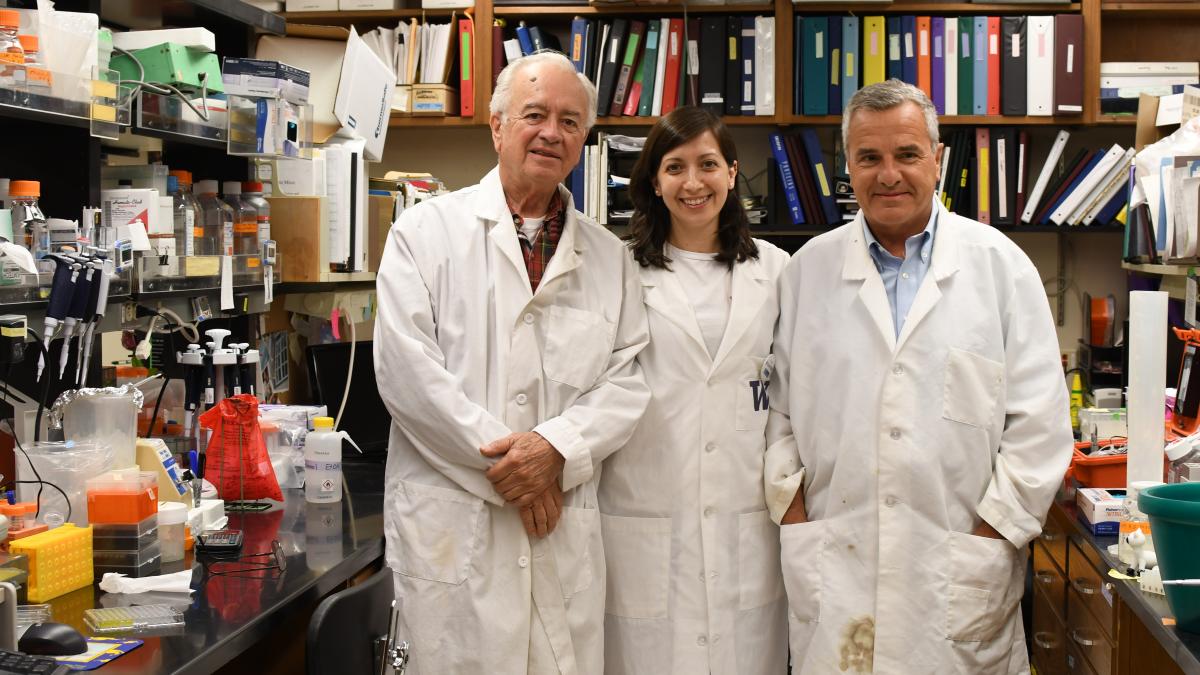
People respond to contaminant exposures differently, in part due to the levels of protective enzymes that they produce.
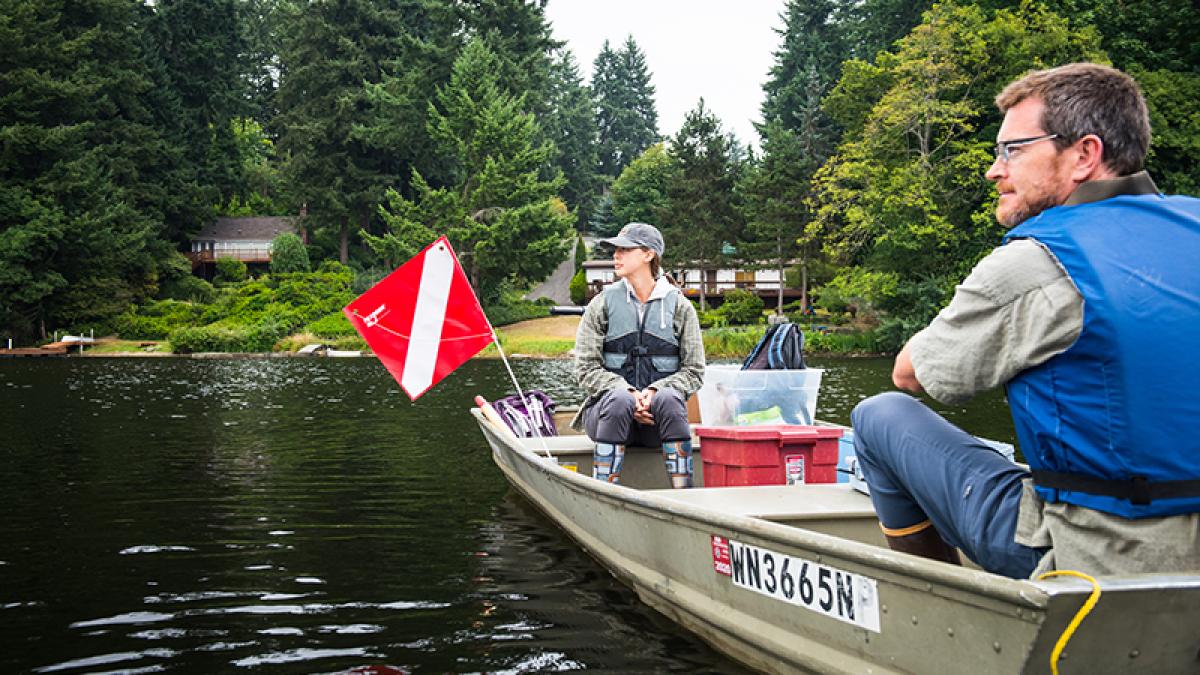
Contaminated shallow lakes have more arsenic in their water meaning higher risk for humans.
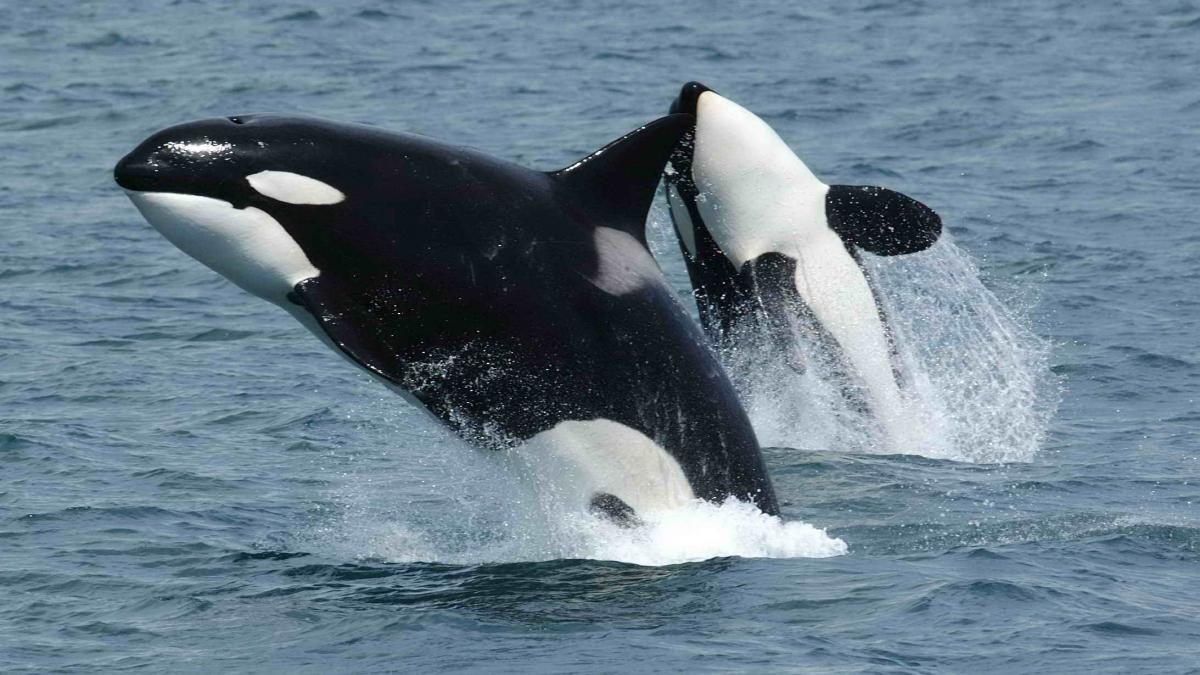
This fact sheet was created to communicate relevant results from Project 3 for members of Governor Inslee's Orca Recovery Task Force.

This fact sheet was created to communicate relevant results from Project 1 for members of Governor Inslee's Orca Recovery Task Force.
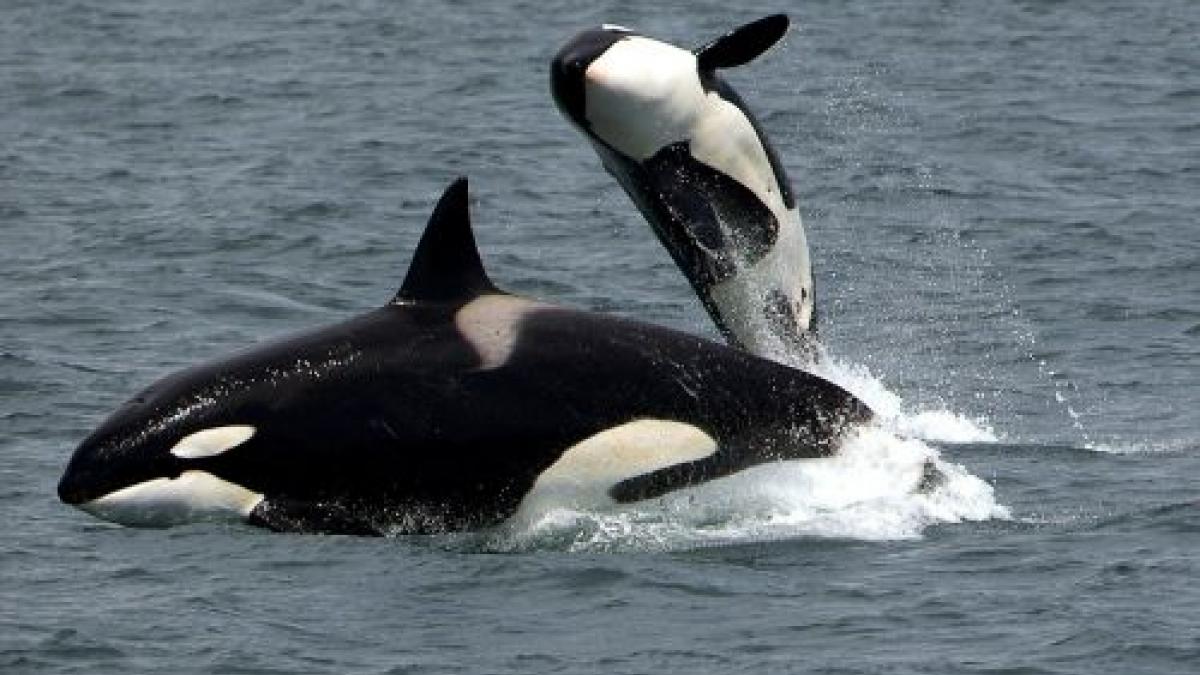
A two-page policy brief for policymakers and advocacy groups outlining the ecological impacts of organophosphates.
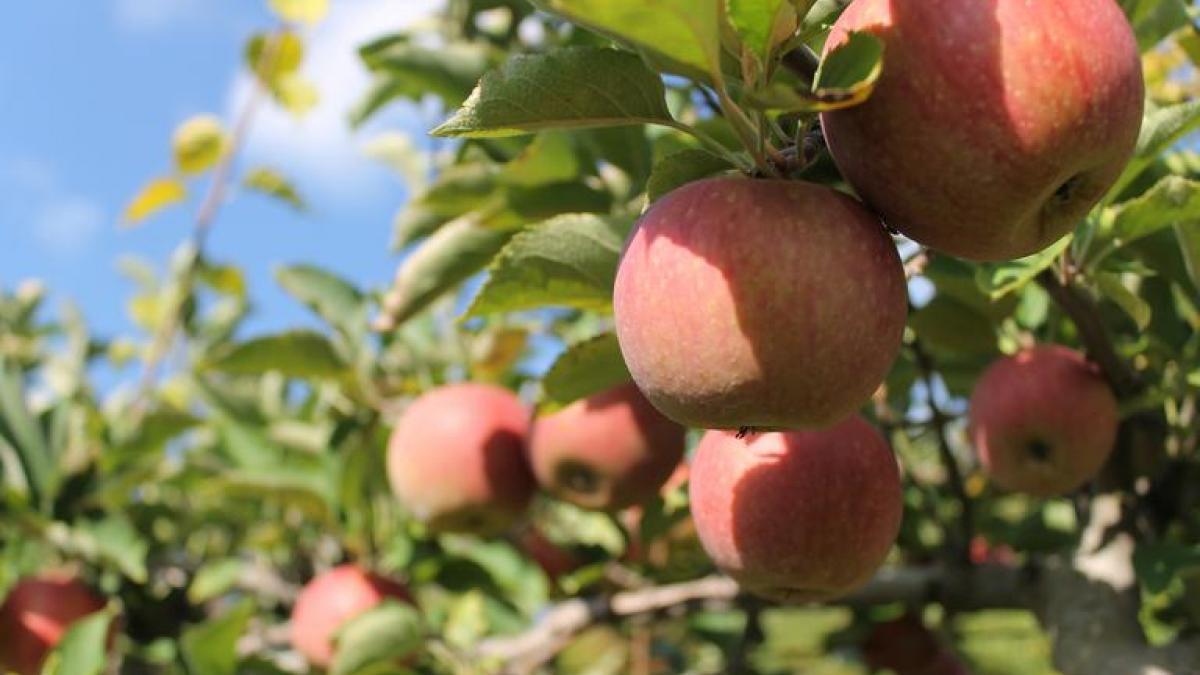
A two-page policy brief for policymakers and advocacy groups outlining the human health impacts of organophosphates.

